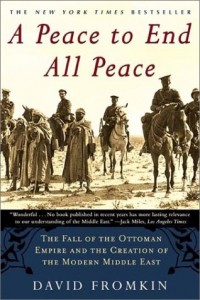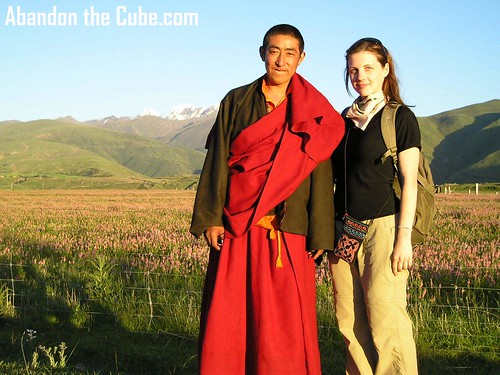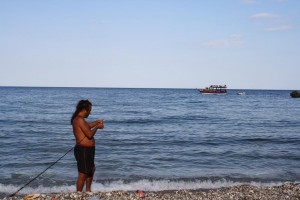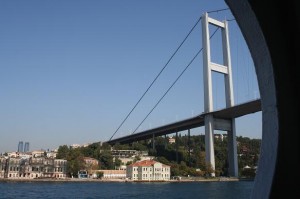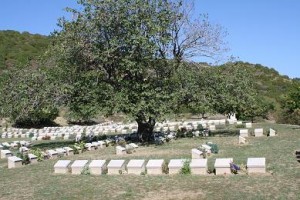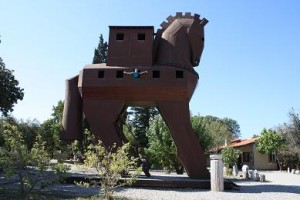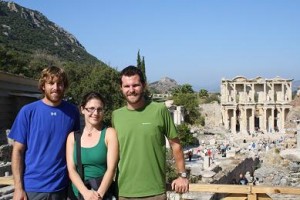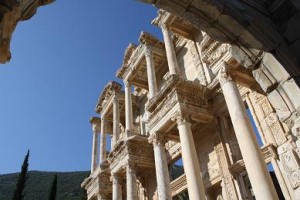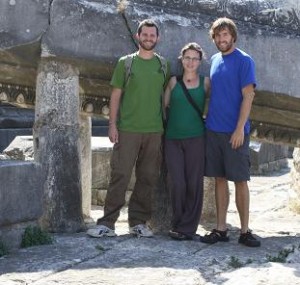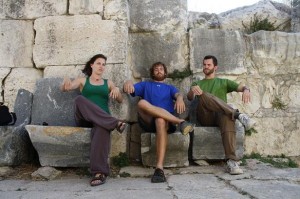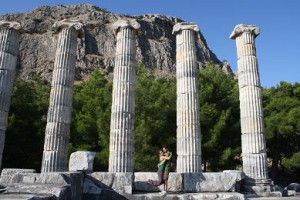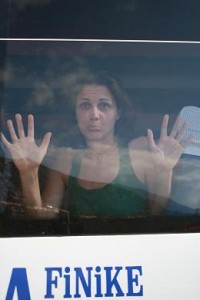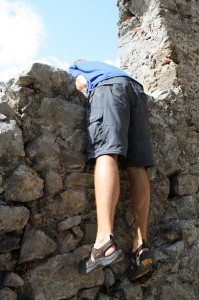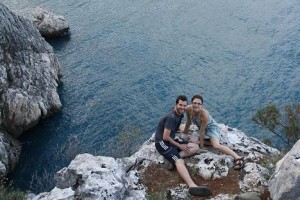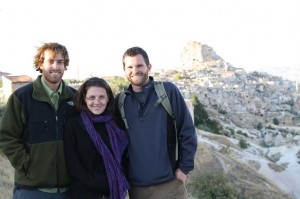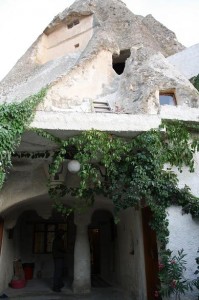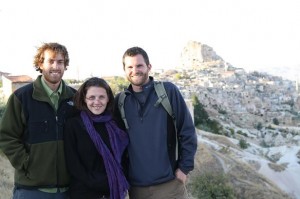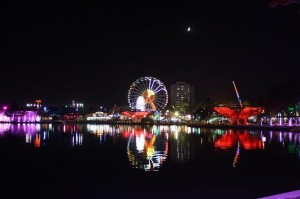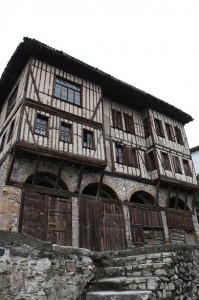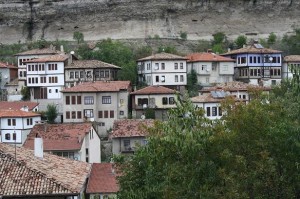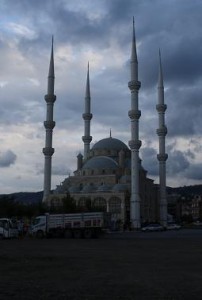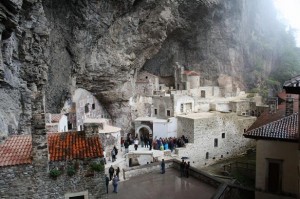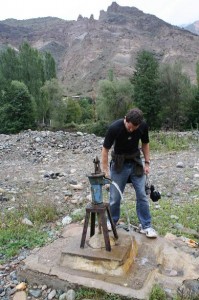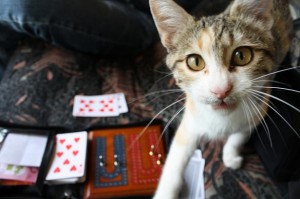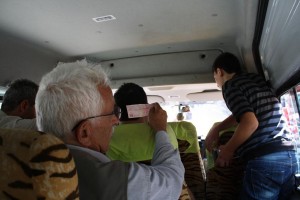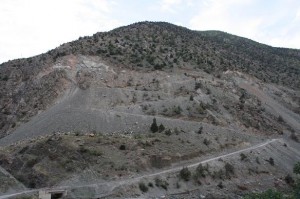Holidays in Turkey
Turkey is a superb holiday destination for its position alone. Being the most southerly country in Europe, this beautiful place benefits from blazing hot summers and warm winters. The azure blue waters of the Mediterranean mean that Turkey has some of the best beaches too.
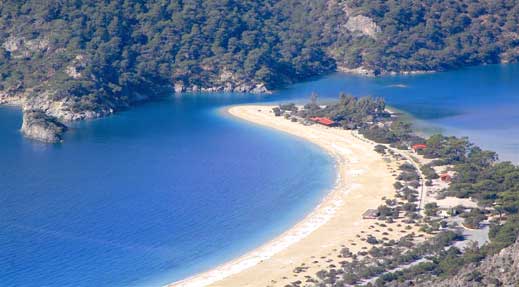 Turkey Holidays with Thomas Cook offer a fantastic collection of all-inclusive packages. A family holiday in the sun has never been so affordable and so easy to book – go online at www.thomascook.com to find great deals on a wide selection of accommodation to suit all tastes and budgets. If you’re looking for a relaxing beach break or a jam-packed adventure holiday, then Turkey is the place for you. But don’t be mistaken by thinking that Turkey is just about flash hotels and sandy beaches; there are many hidden gems just waiting to be discovered.
Turkey Holidays with Thomas Cook offer a fantastic collection of all-inclusive packages. A family holiday in the sun has never been so affordable and so easy to book – go online at www.thomascook.com to find great deals on a wide selection of accommodation to suit all tastes and budgets. If you’re looking for a relaxing beach break or a jam-packed adventure holiday, then Turkey is the place for you. But don’t be mistaken by thinking that Turkey is just about flash hotels and sandy beaches; there are many hidden gems just waiting to be discovered.
Thomas Cook offers package holidays to many of Turkey’s fascinating towns including: Antalya, a fast growing city with lots to see and do. Children will love the Beach Park, Dolphin land and Aqua land and there are many historical sights, the harbour and old town to explore. For a more peaceful retreat, Beldibi is a quaint little village where you can kick back and relax on a hassle free holiday and take in the authentic village life. Belek is the centre of Turkey’s tourism industry with its impressive 4 and 5 star hotels and fascinating landmarks. The ancient Aspendos amphitheatre holds 20,000 people and is over 2,000 years old. It still holds fantastic open-air concerts today. Visit the beautiful Kurşunlu Waterfall, part of the Aksu River which is set amidst a pine forest – a place of great beauty where nature is at its best with over 100 species of birds.These are just a few of the fantastic resorts to discover with a Thomas Cook package holiday to Turkey, so book your holiday with ease and let one of the UK’s favourite tour operators do the rest.
*Sponsored post.


